Author: Marshall Schott
Initially brewed in the mid-1800s, Cream Ale is viewed by many as being one of the first truly American styles of beer, though it gained popularity in Canada during the US prohibition. Modeled after the fizzy pale lagers of the day, Cream Ale was developed by brewers who, for lack of capacity to properly lager beer, fermented it at ale temperatures with a clean yeast. While there’s documentation indicating some brewers relied on traditional lager yeasts when brewing this style, others preferred ale variants or even yeast blends to achieve their desired outcome.
Similar to other pre-prohibition lagers of the time, 6-row barley was the most commonly used base malt in Cream Ale, and brewers often included adjuncts such as corn and rice as well. With its low hopping rate and high carbonation, Cream Ale was a humble style intended to quench the thirsts of a wide swath of drinkers. The BJCP provides the following description of this historical style:
A very pale, highly-carbonated, light-bodied, well-attenuated lager with a very neutral flavor profile and low bitterness. Served very cold, it can be a very refreshing and thirst quenching drink.
I first learned about Cream Ale while researching various styles soon after I started brewing, and given my newly adopted label of “beer aficionado,” I was aghast that anyone would even consider using such cheap ingredients like rice and corn. That was for the evil corporate breweries! After lightening up a bit, I realized Cream Ale wasn’t the piss-ridden style I’d presumed, but rather a deliciously crushable beer that emulated lager styles without requiring all the complicated steps. As one of the original Short & Shoddy styles, I was curious to see what would come of a Cream Ale brewed where even more corners were cut in the brewing process.
| BREWING THE BEER |
I’ve brewed a handful of Cream Ale batches and used my Carpetbagger Cream Ale recipe, which includes both corn and rice, as a starting point for this recipe.
Short & Shoddy Cream Ale
Recipe Details
| Batch Size | Boil Time | IBU | SRM | Est. OG | Est. FG | ABV |
|---|---|---|---|---|---|---|
| 5.5 gal | 25 min | 13.5 IBUs | 3.4 SRM | 1.049 | 1.013 | 4.8 % |
| Actuals | 1.049 | 1.007 | 5.5 % | |||
Fermentables
| Name | Amount | % |
|---|---|---|
| Pelton Pilsner-style Malt (Mecca Grade) | 9 lbs | 78.26 |
| Quick Grits | 2 lbs | 17.39 |
| Minute Rice | 8 oz | 4.35 |
Hops
| Name | Amount | Time | Use | Form | Alpha % |
|---|---|---|---|---|---|
| Cascade | 20 g | 25 min | First Wort | Pellet | 7.2 |
Yeast
| Name | Lab | Attenuation | Temperature |
|---|---|---|---|
| Harvest (L17) | Imperial Yeast | 72% | 50°F - 60°F |
Notes
| Water Profile: filtered Fresno tap water with similar amounts of gypsum and CaCl |
Download
| Download this recipe's BeerXML file |
At 9:51 AM, I began collecting the full volume of filtered water.
Wanting a more balanced beer, I eyeballed similar amounts of gypsum and calcium chloride then added them to the water.
As the water was heating up, I prepared the grains. I had no 6-row malt on hand, so I went with Mecca Grade Estate Malt Pelton for the base, the goal being to keep this beer as pale as possible. I also had no flaked maize or flaked rice, so I used quick grits and minute rice instead.
Once the water was properly heated, I stirred in the grist then checked to make sure it was at my target mash temperature.
The mash was left alone for a brief 30 minutes, during which it was intermittently stirred.
During the mash rest, I measured out the kettle hop additions, opting for some 2017 Cascade I had sitting in my freezer.
With the mash complete, I removed the grains and set the controller to begin heating the wort, which was boiled for just 25 minutes.
Once the boil was finished, I quickly chilled the wort with my IC and took a refractometer reading that showed the wort was at 12.2 ˚Bx, or 1.049 OG, for a brewhouse efficiency of 65%.
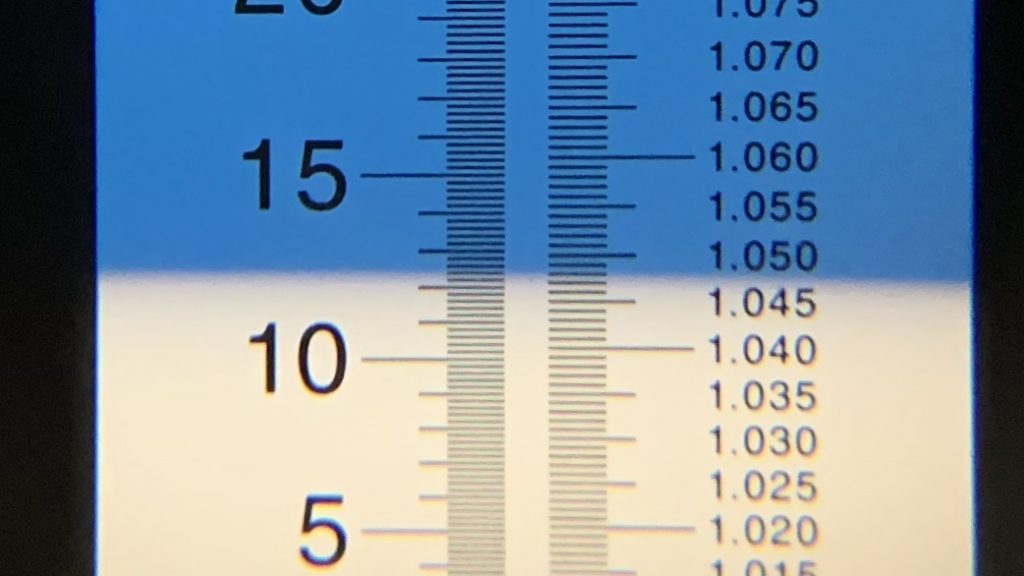
I then racked the chilled wort to my fermentation vessel.
With the wort sitting at 76˚F/24˚C, I direct pitched a pouch of Imperial Yeast L17 Harvest, a traditional lager strain.
The fermenter was placed in my chamber controlled to 66°F/19°C at 11:49 AM for a total brew day time of 1 hour 58 minutes. With signs of activity absent just 4 days later, I took a hydrometer measurement confirming FG had been reached.
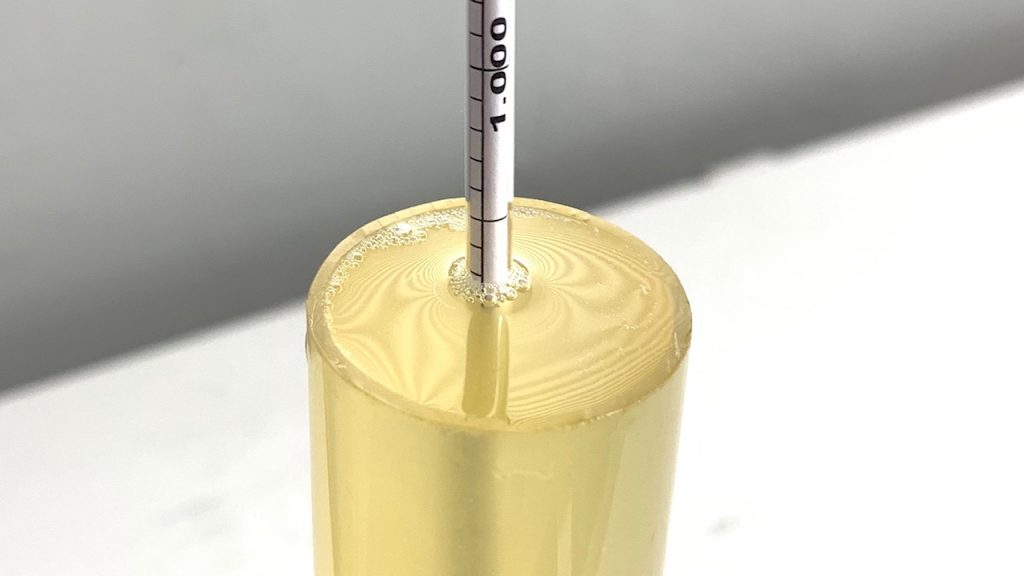
At this point, I replaced the airlock with a CO2 filled BrüLoonLock and reduced the temperature in the chamber to 33°F/0.5°C for cold-crashing. Having totally forgot to fine this batch with gelatin, I proceeded to rack the beer to a sanitized and CO2 purged keg the following evening.
The filled keg was placed in my keezer and burst carbonated at 50 psi for 15 hours before I reduced the gas to a serving pressure of 14 psi. I allowed the beer to cold condition for a week before evaluating it.
| RESULTS |
Due to social distancing practices as a result of the COVID-19 pandemic, data for this Short & Shoddy beer was unable to be collected in our typical manner. As such, temporary adaptations were made involving the author thoroughly evaluating the beer in as unbiased a fashion as possible.
I completed a series of 3 thorough evaluations over the course of a weekend. My goal in doing this was to condense my most consistent impressions while accounting for any possible external factors that may have influenced my perception.
APPEARANCE
Very pale straw color with a fluffy white cap of foam that effortlessly clung to the glass. While clear enough to see through, the beer maintained a slight chill haze that dissipated as it warmed.
AROMA
The overall aroma of this beer was quite subdued, as might be expected, leading with a slight note of Hawaiian sweet bread followed by a whisper of earthy and citrus hop character.
FLAVOR
Similar to the aroma, the flavor of this beer was deliciously unremarkable, meaning nothing really stood out. I detected a hint of generic sweetness that melded beautifully with the unique bready flavor of the Mecca Grade Estate Malt Pelton. While this Cream Ale lacked in hop character by design, I was able to detect the slightest bit of grapefruit flavor after swallowing.
MOUTHFEEL
I perceived this beer as being very crisp on the palate without coming across as thin or watery. This may have been influenced by the high carbonation, which sparkled pleasingly on the tongue and contributed to this beer being incredibly refreshing. No slickness, alcohol warmth, or astringency.
OVERALL IMPRESSION
With a number of batches of Cream Ale under my belt, I went into this Short & Shoddy version quite confident the beer would end up being good, and I was very pleased with the outcome. The best way I can describe this beer is “simple without being boring,” which is exactly how I feel a good Cream Ale should be.
| CONCLUSION |
Whereas many styles of beer are known and sought for their complexity, Cream Ale falls on the other end of the spectrum, offering drinkers a refreshingly basic alternative that’s perfect for weekend lawn mowing sessions and rounds of garage beer pong. In a sense, what Cream Ale lacks in character it more than makes up for in drinkability, a quality I personally find very appealing.
In typical pre-prohibition fashion, Cream Ale is known to be made with adjuncts including corn and rice to keep malt flavor at bay while still contributing fermentables. I used both in this Short & Shoddy Cream Ale, and while I feel they may have contributed to a subtle though pleasant sweetness, neither stood out in the beer at all, rather they seemed to lower the volume of the more characterful Pelton I used as the base malt. Given the tiny amount of hops used in this recipe, it’s no surprise it wasn’t on display, though I did seem to pick up a hint of grapefruit in the finish. As for fermentation character, this beer was considerably clean with no noted esters or phenols, which some might expect when fermenting with a traditional lager strain at ale temperature.
I’ve been a fan of Cream Ale for a while and this Short & Shoddy batch definitely met my expectations. Even though it’s something many don’t seem too concerned with these days, my biggest gripe about this beer is that it wasn’t crystal clear, which I think could have been helped by fining with gelatin. I felt the use of Cascade hops worked well, in fact I presumed I’d get more of the classic grapefruit character in this beer than I did, though in future batches, I’ll likely stick to less fruity varieties like Mt. Hood and Cluster. Overall, I was happy to have a keg of this beer on tap, especially knowing it only took a couple hours to brew, and I trust others who enjoy simpler styles would enjoy it too.
If you have thoughts about this Short & Shoddy brew, please feel free to share it in the comments section below!
Support Brülosophy In Style!
All designs are available in various colors and sizes on Amazon!
Follow Brülosophy on:
FACEBOOK | TWITTER | INSTAGRAM
If you enjoy this stuff and feel compelled to support Brulosophy.com, please check out the Support page for details on how you can very easily do so. Thanks!


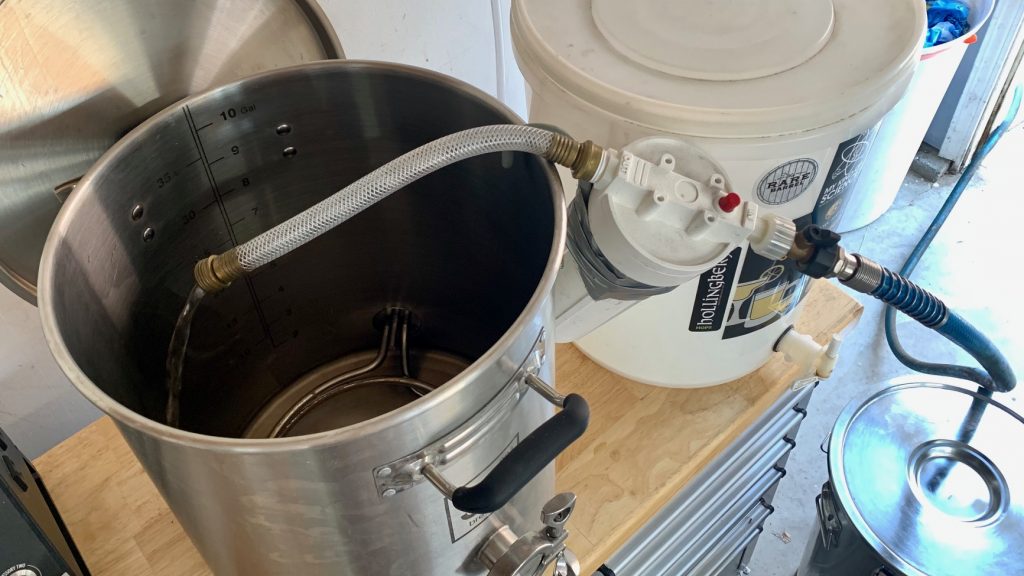
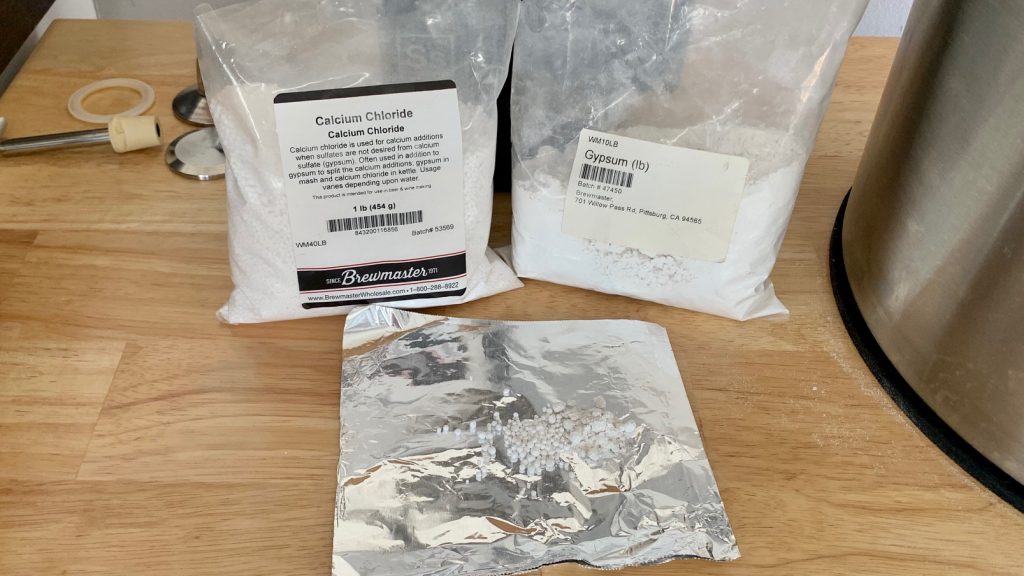
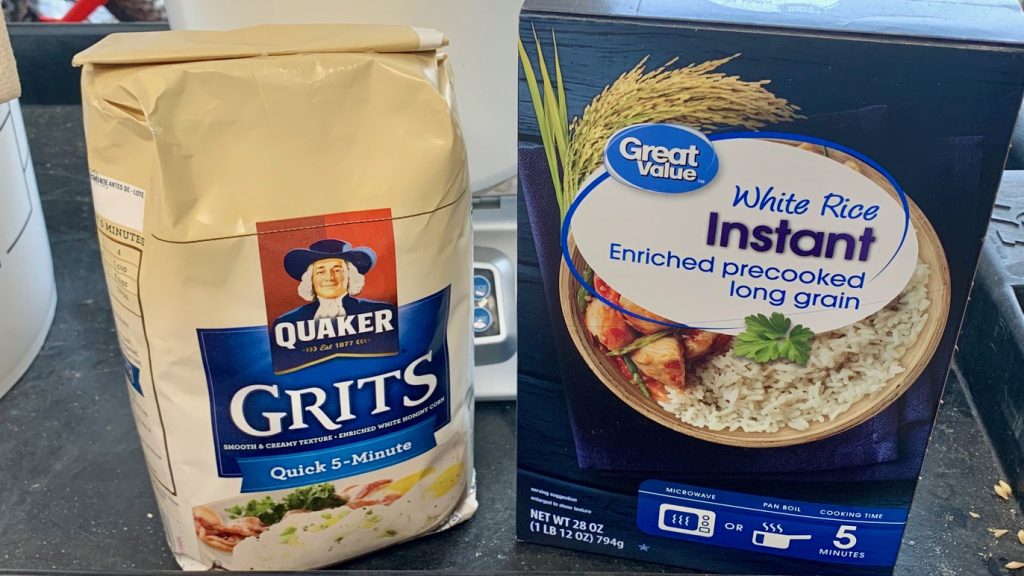
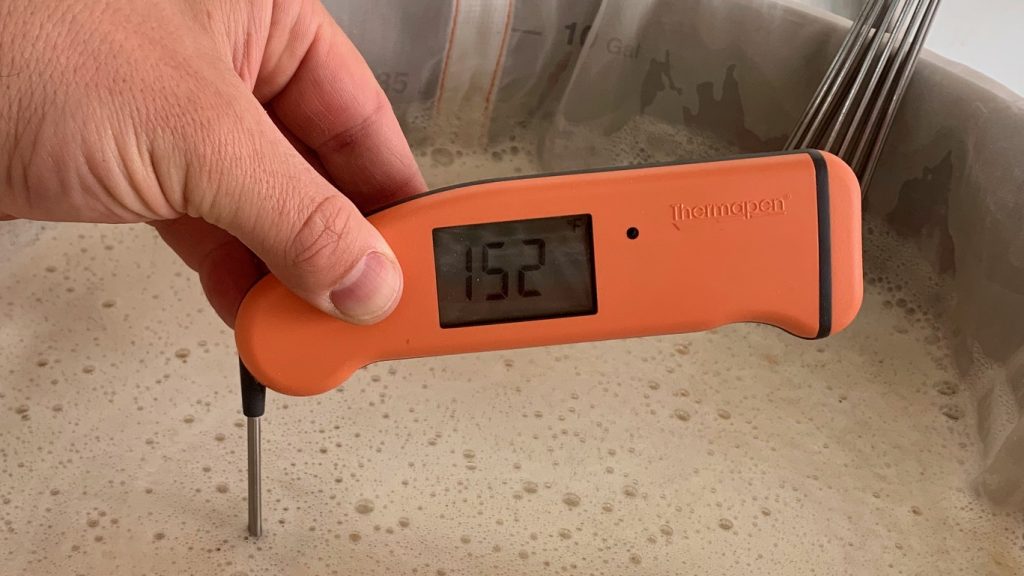
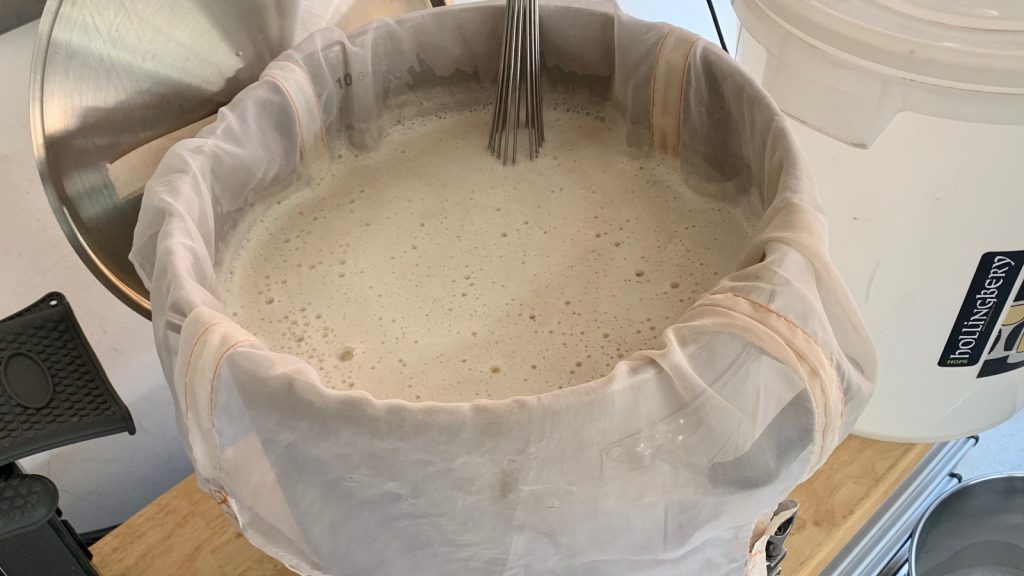
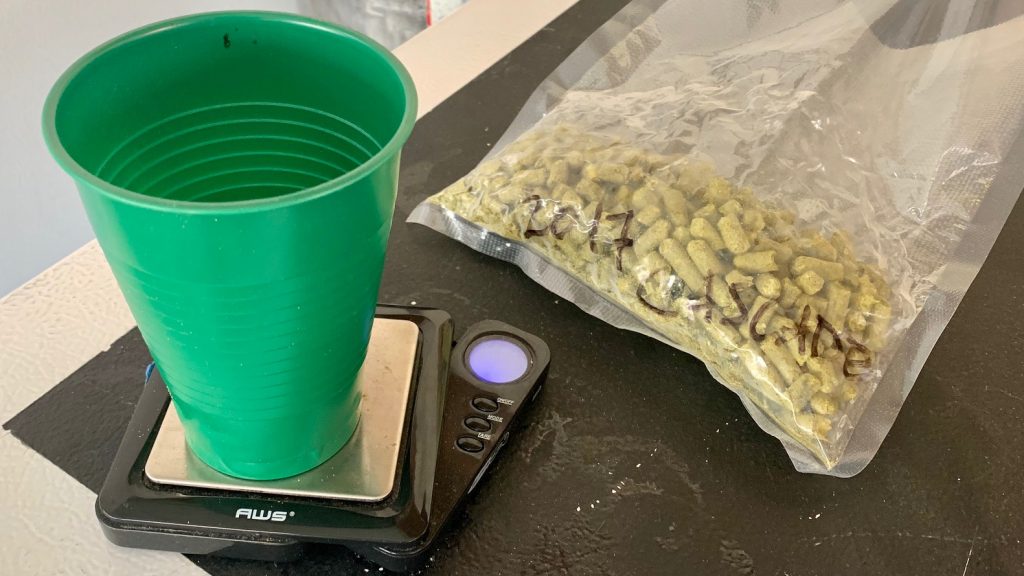
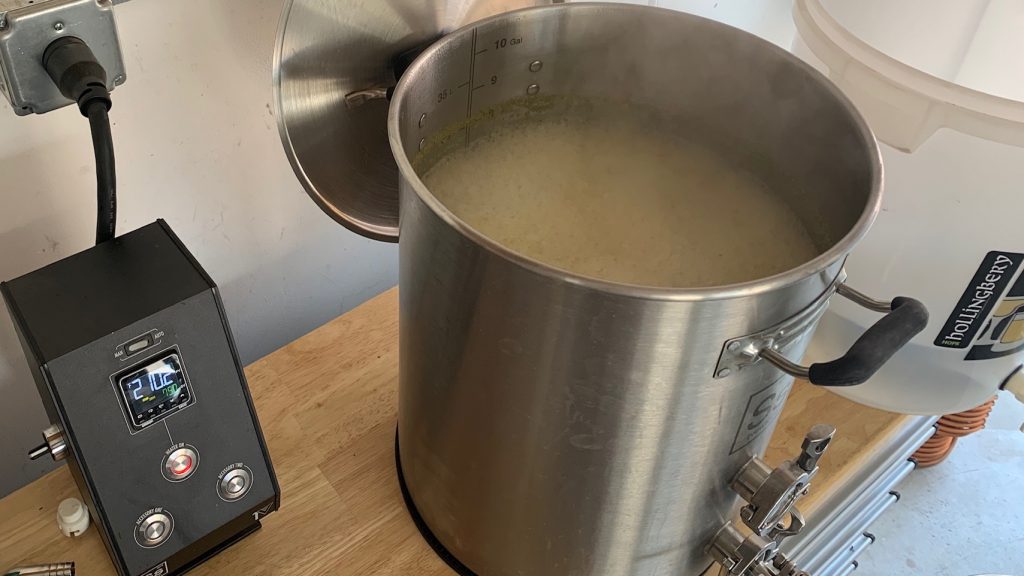
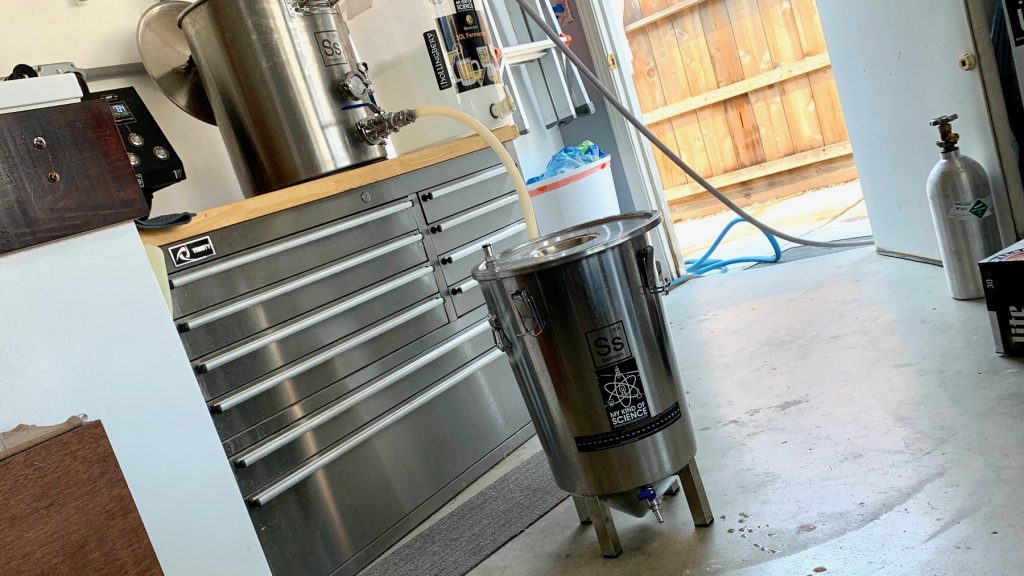

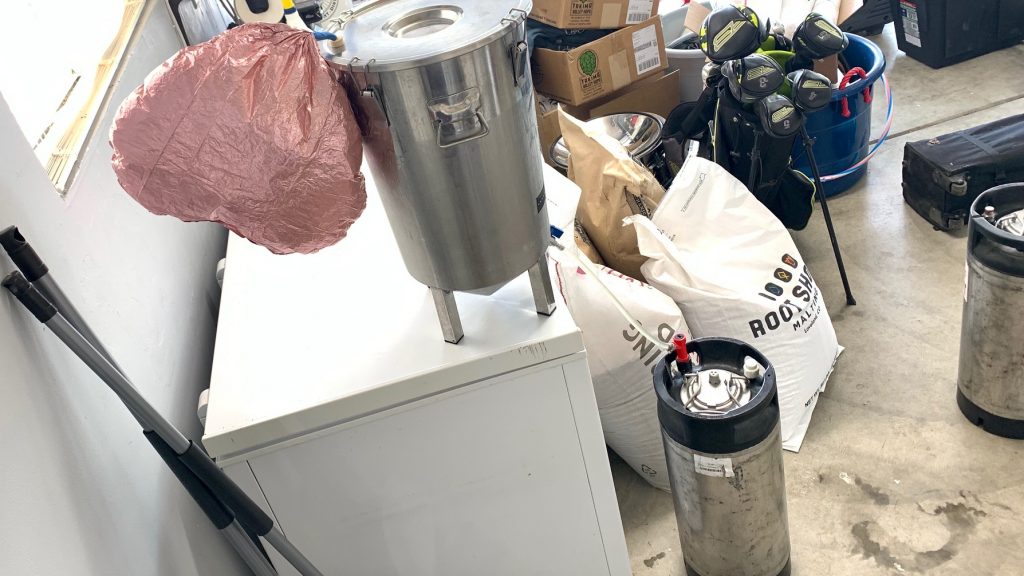
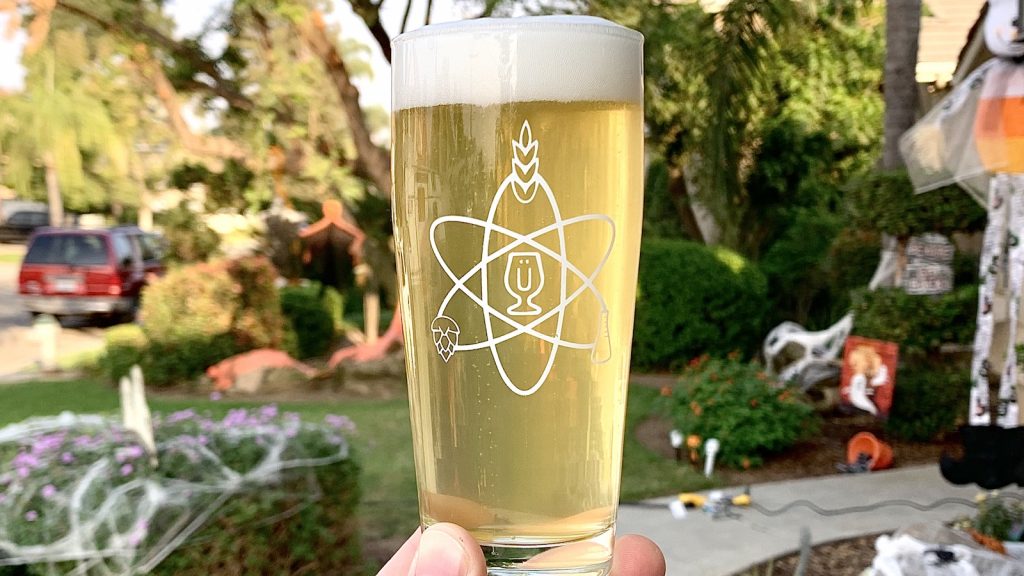











9 thoughts on “Short & Shoddy | Cream Ale”
Cream Ales are a nice change of pace from all the heavy IPAs I usually brew. I admittedly was afraid of it for many years, due to the name, thinking there was dairy in it. Horrible name. Great beer.
Would it be too much trouble to offer recipes in PDF instead or in addition to XML ?
I don’t understand how you are able to get a clean tasting beer with only 5 days on the yeast. I tried it once and the beer was very green(overly grainy) tasting a week later, and developed a buttery taste, over a short time, in the keg. I wish I could copy your success. My batch went down the drain.
So do you all really not have any gatherings of any size at any distance? Is your social distancing policy complete isolation? While it is of little importance on the SNS series, exbeeriments without actual tasters (besides the brewer) is really kind of useless.
Did you just dump the grits into the mash, or is it necessary to pre-cook the grits first?
Just dumped them straight in.
Thanks for the response! One more thing, in a recent podcast, I thought I heard you say you pitch almost all your yeasts, lagers included , at 66 degrees now.
Does that include WLP029? I was going to try WLP029 for the first time, and want to be sure of your preferred method. I know you used to recommend 58 degrees, and loved the results at that temperature. Thanks again! Love the podcast!
Yeah, that strain does great at 66f.
Decided to make this as my first official homebrew beer, been doing mead and Braggots with moderate success. I didn’t go completely short and shoddy. Kept mash and boil at 60 min. But went S&S on the adjuncts, grits and instant rice, went with Mecca Grade Pelton and 14 IBU of tettnang hops: 4.7ABV.
– Pitched Imperial Cablecar and pressure fermented at 66-70F at 30 PSI and purged serving keg with excess pressure.
– hit FG at about 10 days (Tilt)
– cold crashed fined with gelatin (pressurized soda bottle with carb cap)
– kept Oxygen out since fermenter was sealed.
– Came out crystal clear and tasting like a nice American lager
I’ve learned so much from brulosophy, over that last 2 months of bingeing the podcast. Thanks to all the contributors!